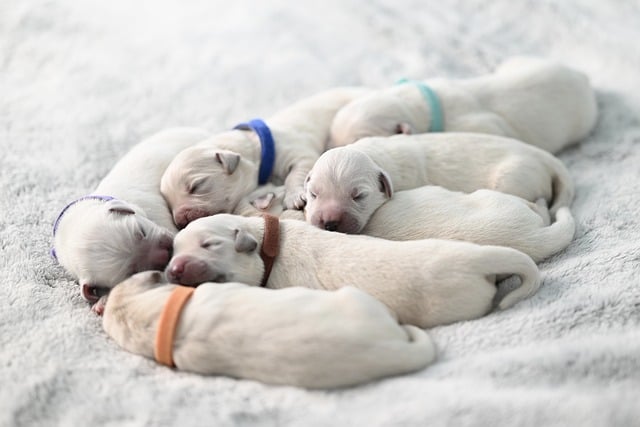
How do i train my dog to be obedient?
Watching your dog dart across the park ignoring your calls isn’t just frustrating—it can put them at risk near busy streets or public spaces.
If you’re struggling with a dog who barks and lunges at other dogs during your morning walk in Seattle's Green Lake Park, you’ve probably asked this exact question with a mix of hope and frustration. The short answer is yes—significant improvement is absolutely possible—but it’s more accurate to think of it as managing and rewiring the reaction rather than simply deleting it. Reactivity is often a deeply ingrained emotional response, typically driven by fear or frustration, not a stubborn refusal to obey. The goal of modern training isn't to suppress the behavior through force, but to change your dog's underlying emotional association with the trigger. While some dogs may never become the life of the dog park, nearly all can learn to become calmer, more manageable companions with consistent, compassionate training.
The scientific approach that makes this possible is called behavior modification, primarily through techniques like desensitization and counter-conditioning. This isn't about commands; it's about neuroscience. You're essentially helping your dog form new neural pathways by repeatedly pairing the sight of a trigger (like another dog) with something incredibly positive (like high-value chicken), all from a distance where your dog feels safe. This "threshold" is critical—if your dog is already barking, they're too close and are operating on pure emotion, not learning. This patient, reward-based method is the ethical standard endorsed by veterinary behaviorists across the U.S. and Europe. It stands in direct contrast to outdated punitive methods, which are not only culturally insensitive but often illegal in many municipalities due to animal welfare laws, as they increase fear and can escalate aggression.

Your success hinges on a practical, step-by-step process that begins long before you see another dog. Arm yourself with a well-fitting harness and a pocket full of irresistible treats. Your first job is to become a master of environment management. Spot triggers early and create distance before your dog reacts. This proactive approach is a key part of responsible pet ownership in community spaces. It also intersects with legal responsibilities: ensuring your dog’s rabies vaccination and local license are up-to-date isn’t just a formality—it's a fundamental requirement for safely conducting this kind of public training. Similarly, the habitual act of carrying waste bags and cleaning up immediately is a non-negotiable social courtesy that maintains access to shared spaces for all dogs.
Integrating this training into a modern lifestyle, especially in an apartment building in a city like Boston, requires mindfulness. It might mean taking the stairs instead of a crowded elevator or choosing walk times with fewer distractions. A crucial skill is learning to advocate for your dog by politely telling others, "We're in training and need some space!"—a statement that is widely understood and respected in today's pet culture. The journey to reducing reactivity is a marathon, not a sprint. Progress is measured in small victories: a quieter reaction, a quicker recovery, or a voluntary look at you. With patience and positive reinforcement, you can help your dog feel safer in their world, making every walk a more peaceful experience.

Watching your dog dart across the park ignoring your calls isn’t just frustrating—it can put them at risk near busy streets or public spaces.

New puppy owners often find themselves rushing to clean up accidents before they set in, and that’s where puppy pad training becomes a game-changer.

If you've noticed your dog's waistline disappearing and your veterinarian has mentioned those few extra pounds, your first instinct might be to simply reduce the amount of food in their bowl.

Training a dog to use a designated spot indoors isn’t as daunting as many new owners fear, but it does take consistency and an understanding of your pet’s needs.

That moment of dread on a walk is all too familiar for many new dog owners. You see another dog approaching down the sidewalk of your neighborhood

If the sight of another dog on your neighborhood walk makes your heart sink as your own dog erupts into a frenzy of barking and lunging, you're not alone.